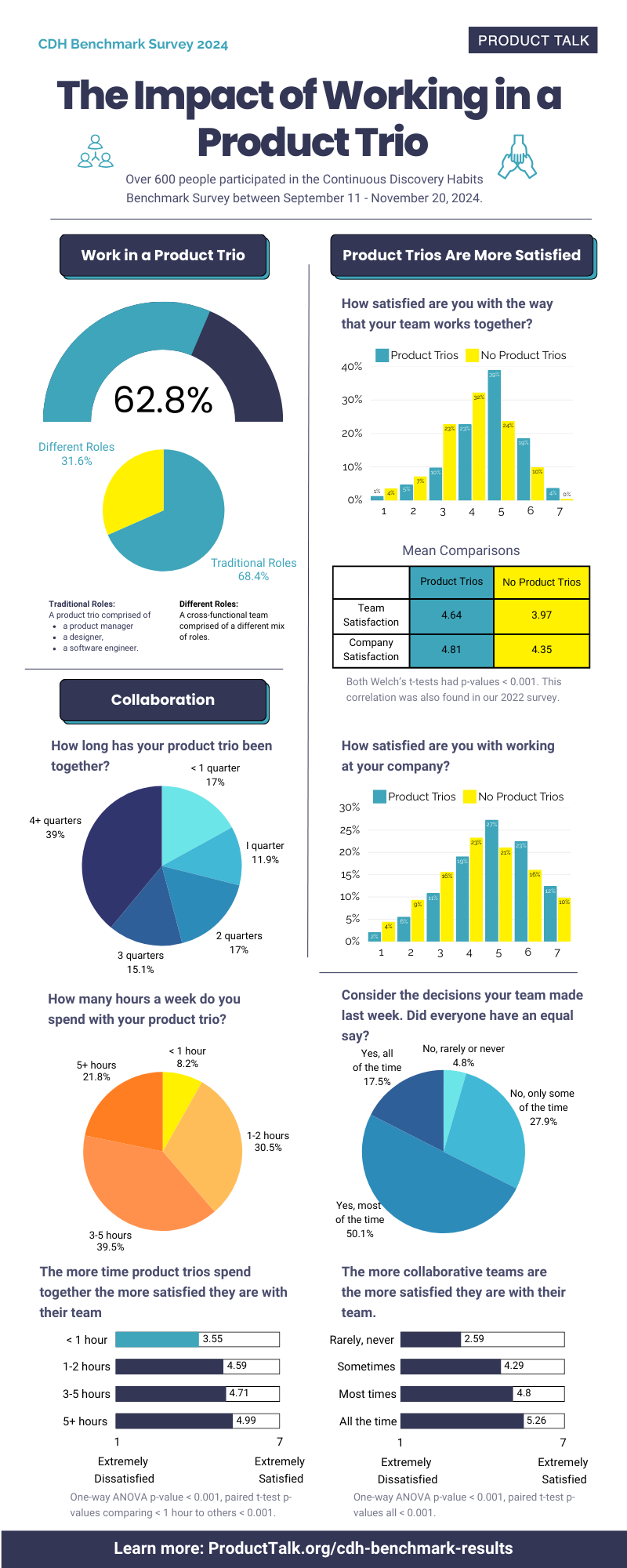Cultural Sensitivity in Marketing: How to Avoid Costly Mistakes Abroad

In today’s globalized economy, businesses are expanding their reach beyond borders, targeting diverse audiences with unique cultural backgrounds. While this presents immense opportunities, it also comes with significant challenges—particularly in marketing. A single misstep in cultural sensitivity can lead to brand damage, lost revenue, and even legal repercussions.
To succeed in international markets, companies must prioritize cultural sensitivity in marketing. This means understanding local customs, values, and communication styles to ensure campaigns resonate positively. Below, we explore key strategies to avoid costly mistakes and build strong global brand loyalty.
Why Cultural Sensitivity Matters in Marketing
Cultural sensitivity goes beyond mere translation—it involves deep respect for local traditions, beliefs, and social norms. Ignoring these nuances can result in:
-
Offensive messaging – Campaigns that clash with cultural or religious values can spark backlash.
-
Brand reputation damage – Negative publicity spreads quickly in the digital age.
-
Lost sales – Consumers prefer brands that align with their cultural identity.
-
Legal consequences – Some countries have strict advertising regulations.
Common Cultural Marketing Mistakes to Avoid
Several well-known brands have faced public outrage due to cultural insensitivity. Here are some pitfalls to steer clear of:
1. Ignoring Local Symbols and Traditions
Colors, gestures, and symbols carry different meanings across cultures. For example:
-
White symbolizes purity in Western cultures but represents mourning in some Asian countries.
-
The "thumbs-up" gesture is positive in the U.S. but offensive in parts of the Middle East.
Solution: Research local symbolism before designing logos, ads, or packaging.
2. Poorly Translated Slogans
Direct translations often lead to embarrassing or nonsensical messages. For instance:
-
Pepsi’s "Come Alive with the Pepsi Generation" was mistranslated in China as "Pepsi brings your ancestors back from the dead."
Solution: Work with native speakers and localization experts to adapt slogans appropriately.
3. Stereotyping or Misrepresentation
Generalizations about cultures can alienate audiences. A campaign that relies on clichés may come across as tone-deaf.
Solution: Conduct market research and engage local consultants to ensure authentic representation.
4. Overlooking Religious and Social Norms
Marketing campaigns must respect religious observances, holidays, and taboos. For example:
-
Advertising non-halal products in Muslim-majority countries without proper labeling can lead to boycotts.
Solution: Tailor campaigns to align with local customs and avoid sensitive topics.
Best Practices for Culturally Sensitive Marketing
1. Conduct Thorough Market Research
Before entering a new market, analyze:
-
Cultural values and consumer behavior
-
Competitors’ successes and failures
-
Legal advertising restrictions
2. Hire Local Experts
Collaborate with in-country marketers, translators, and cultural consultants to refine messaging.
3. Test Campaigns Before Launch
Run focus groups with local audiences to gauge reactions and adjust accordingly.
4. Be Adaptable and Open to Feedback
Cultural trends evolve—stay updated and be willing to revise strategies based on audience feedback.
Conclusion
Cultural sensitivity in marketing is not optional—it’s a necessity for global success. By understanding local customs, avoiding stereotypes, and engaging native experts, businesses can create campaigns that resonate rather than repel. A culturally aware approach fosters trust, strengthens brand loyalty, and prevents costly mistakes.
For more insights on global marketing strategies, visit Investopedia.com.












































































































![Building A Digital PR Strategy: 10 Essential Steps for Beginners [With Examples]](https://buzzsumo.com/wp-content/uploads/2023/09/Building-A-Digital-PR-Strategy-10-Essential-Steps-for-Beginners-With-Examples-bblog-masthead.jpg)















![How to Use GA4 to Track Social Media Traffic: 6 Questions, Answers and Insights [VIDEO]](https://www.orbitmedia.com/wp-content/uploads/2023/06/ab-testing.png)




































